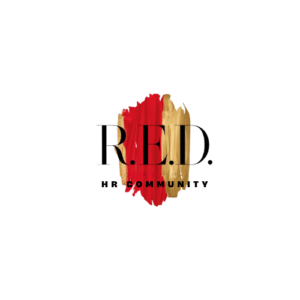Why Standardized Interviews Matter in Hiring
Your hiring decisions shape your company’s success, yet many organizations still rely on unstructured interviews that can introduce bias and inconsistency. A standardized interview process helps businesses make fairer, smarter, and more data-driven hiring decisions by ensuring every candidate is evaluated on the same criteria.
A structured approach to interviews leads to:
- Fair hiring decisions by eliminating bias and ensuring consistency.
- Better candidate experience with clear, transparent expectations.
- Improved hiring accuracy by focusing on skills and competencies.
- Stronger teams with hires that align with business goals.
At Intandid, we help companies build effective, standardized hiring systems that drive long-term success. One way we support this is through the R.E.D. Community in Shanghai—a network of senior HR professionals who come together to share best practices in structured recruitment and fair hiring.

5 Key Elements of a Standardized Interview Process
To create a fair and effective hiring process, companies should include these five key elements:
1. Define Role-Specific Competencies
Before conducting interviews, it’s essential to outline the skills, experience, and behaviors required for success in each role. This ensures every hire contributes directly to company growth and aligns with business objectives.

2. Structure Your Interview Questions
Avoid random or improvised questions. Instead, use a structured set of behavioral and situational questions. The STARR method (Situation, Task, Action, Result, Reflection) is a great way to evaluate responses in a consistent and fair manner.
3. Implement a Clear Scoring System
Hiring decisions should be based on data, not gut feelings. A standardized rating system helps interviewers objectively score candidates based on predetermined criteria, reducing subjectivity and bias.

4.Train Interviewers on Fair Practices
Unconscious bias can influence hiring decisions, often without us realizing it. That’s why it’s essential to train interviewers to evaluate candidates fairly and consistently. Regular calibration sessions help ensure that everyone is scoring candidates based on the same criteria. Another great practice is to conduct interviews with multiple interviewers, who then compare notes and impressions afterward—this not only helps reduce individual bias but also leads to more balanced hiring decisions.

5. Use Technology to Reduce Bias
Technology can help maintain consistency and fairness in the hiring process. Tools like AI-powered screening and structured interview guides in an Applicant Tracking System (ATS) can streamline the process. Recorded interviews (when legally allowed) can also be reviewed for consistency.
How the R.E.D. Community Supports Fair Hiring
HR leaders face the challenge of balancing fairness with efficiency in hiring. In the R.E.D. Community, senior HR professionals collaborate on:
- Strategies to reduce bias in hiring
- Best practices for training interviewers effectively
- How to use data to refine structured hiring methods


Join the R.E.D. Community
Are you an HR head or leader who cares about building a fair and standardized interview process?
Join R.E.D.—Recruitment Excellence & Development—our HR community in Shanghai where senior professionals exchange real-world hiring practices, challenges, and ideas. We meet monthly for mastermind groups, learning days, and social events.
Interested in joining a session? Enquire here to try it out and connect with peers who share your passion for better hiring.
Related Articles

Structured Recruitment: How to Align Hiring with Your Company Goals

Thought Activator: Empowering Women Through Meaningful Connections


